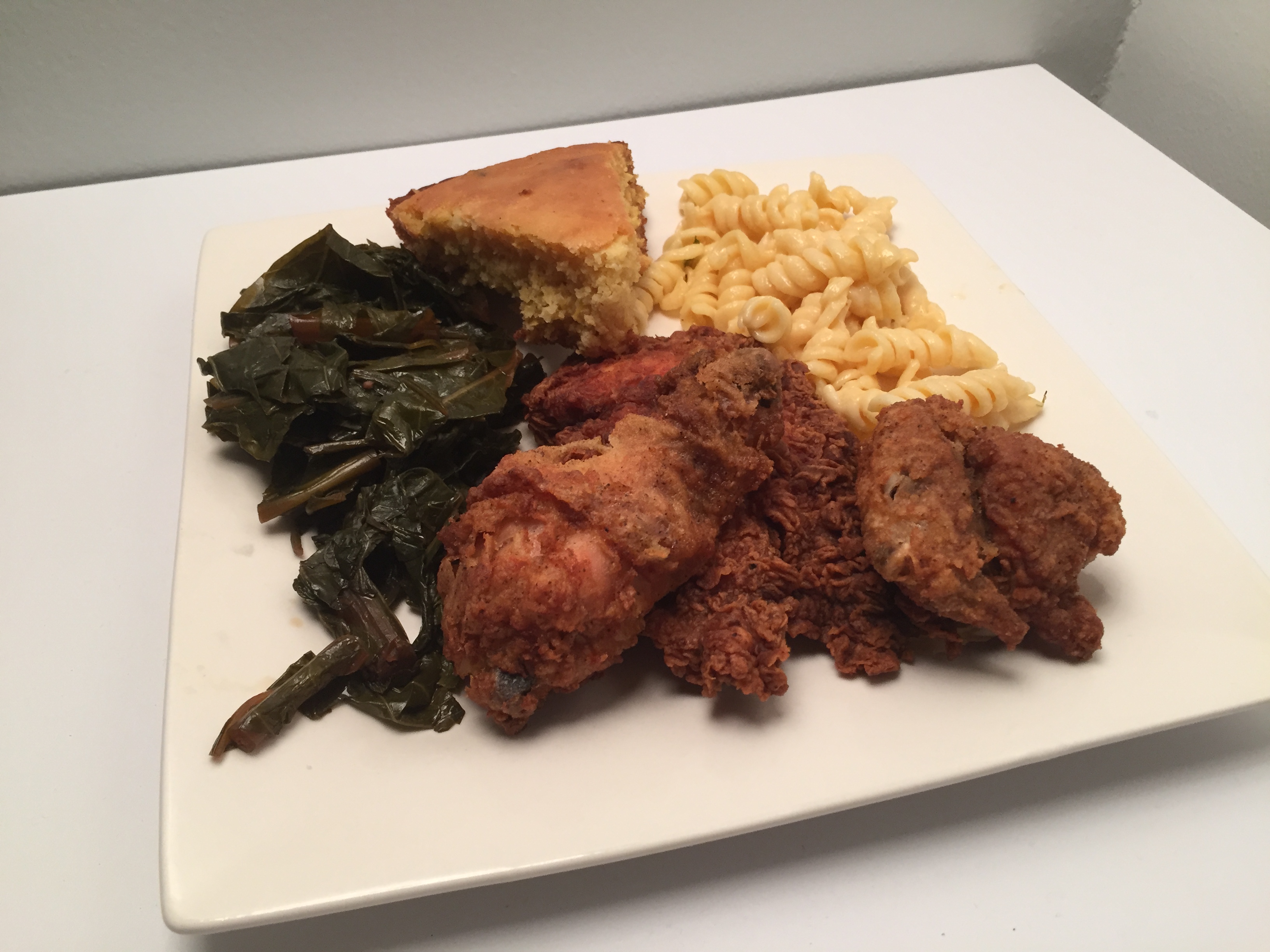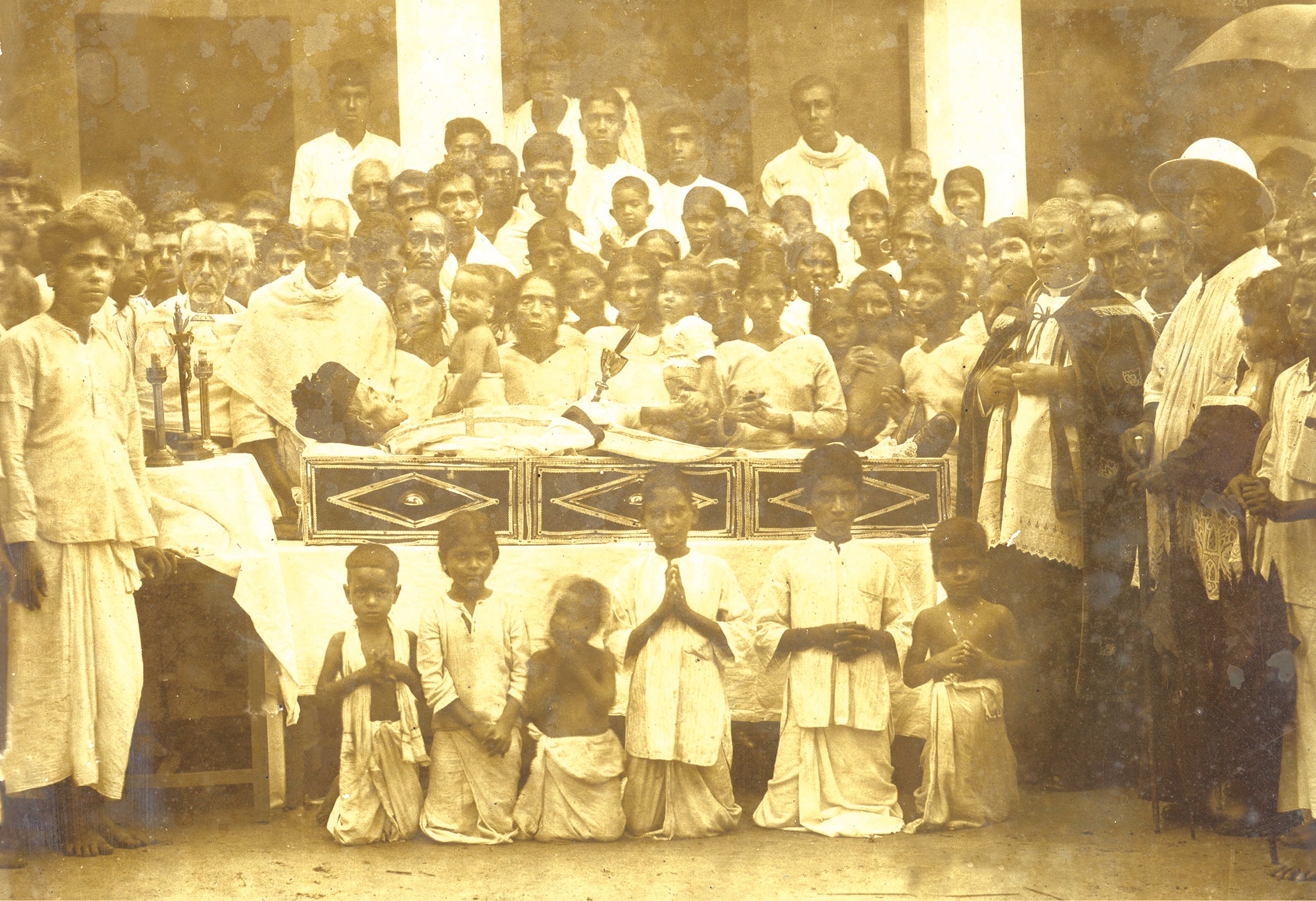|
Repast (funeral)
A repast is a gathering or meal held after a funeral or memorial service, during which family, friends, and mourners come together to share food, offer condolences, and provide mutual support. The repast serves as a communal event that allows attendees to reflect on the deceased's life, share memories, and find comfort in a less formal setting than the funeral service itself. It often marks a transition from the solemnity of the burial or memorial to a space for emotional connection and healing.Holloway, Karla F.C. ''Passed On: African American Mourning Stories''. Duke University Press, 2002. References See also * Funeral * Wake (ceremony) * Soul food * Mourning Mourning is the emotional expression in response to a major life event causing grief, especially loss. It typically occurs as a result of someone's death, especially a loved one. The word is used to describe a complex of behaviors in which t ... Funeral food and drink Ceremonies Funeral-related industry ... [...More Info...] [...Related Items...] OR: [Wikipedia] [Google] [Baidu] |
Funeral
A funeral is a ceremony connected with the final disposition of a corpse, such as a burial or cremation, with the attendant observances. Funerary customs comprise the complex of beliefs and practices used by a culture to remember and respect the dead, from interment, to various monuments, prayers, and rituals undertaken in their honour. Customs vary between cultures and religious groups. Funerals have both normative and legal components. Common secular motivations for funerals include mourning the deceased, celebrating their life, and offering support and sympathy to the bereaved; additionally, funerals may have religious aspects that are intended to help the soul of the deceased reach the afterlife, resurrection or reincarnation. The funeral usually includes a ritual through which the corpse receives a final disposition. Depending on culture and religion, these can involve either the destruction of the body (for example, by cremation, sky burial, decomposition, disintegr ... [...More Info...] [...Related Items...] OR: [Wikipedia] [Google] [Baidu] |
Memorial Service
A memorial is an object or place which serves as a focus for the memory or the commemoration of something, usually an influential, deceased person or a historical, tragic event. Popular forms of memorials include landmark objects such as homes or other sites, or works of art such as sculptures, statues, fountains or parks. Larger memorials may be known as monuments. Types The most common type of memorial is the gravestone or the memorial plaque. Also common are war memorials commemorating those who have died in wars. Memorials in the form of a cross are called intending crosses. Online memorials are often created on websites and social media to allow digital access as an alternative to physical memorials which may not be feasible or easily accessible. When somebody has died, the family may request that a memorial gift (usually money) be given to a designated charity, or that a tree be planted in memory of the person. Those temporary or makeshift memorials are also ca ... [...More Info...] [...Related Items...] OR: [Wikipedia] [Google] [Baidu] |
Funeral
A funeral is a ceremony connected with the final disposition of a corpse, such as a burial or cremation, with the attendant observances. Funerary customs comprise the complex of beliefs and practices used by a culture to remember and respect the dead, from interment, to various monuments, prayers, and rituals undertaken in their honour. Customs vary between cultures and religious groups. Funerals have both normative and legal components. Common secular motivations for funerals include mourning the deceased, celebrating their life, and offering support and sympathy to the bereaved; additionally, funerals may have religious aspects that are intended to help the soul of the deceased reach the afterlife, resurrection or reincarnation. The funeral usually includes a ritual through which the corpse receives a final disposition. Depending on culture and religion, these can involve either the destruction of the body (for example, by cremation, sky burial, decomposition, disintegr ... [...More Info...] [...Related Items...] OR: [Wikipedia] [Google] [Baidu] |
Wake (ceremony)
A wake or visitation is a social gathering associated with death, held before a funeral. Traditionally, a wake involves family and friends keeping watch over the body of the dead person, usually in the home of the deceased. Some wakes are held at a funeral home or another convenient location. The wake or the viewing (funeral), viewing of the body is a part of death rituals in many cultures. It allows one last interaction with the dead, providing a time for the living to express their thoughts and feelings with the deceased. It highlights the idea that the loss is borne by the whole community and is a way of honoring the deceased member. The emotional tone of a wake is sometimes seen as more positive than a funeral due to the socially supportive atmosphere and the focus on the life rather than the death of the deceased. Origin The term originally referred to a late-night prayer vigil but is now mostly used for the social interactions accompanying a funeral. While the modern us ... [...More Info...] [...Related Items...] OR: [Wikipedia] [Google] [Baidu] |
Soul Food
Soul food is the ethnic cuisine of African Americans. Originating in the Southern United States, American South from the cuisines of Slavery in the United States, enslaved Africans transported from Africa through the Atlantic slave trade, soul food is closely associated with the cuisine of the Southern United States. The expression "soul food" originated in the mid-1960s when "soul" was a common word used to describe African-American culture. Soul food uses cooking techniques and ingredients from West African cuisine, West African, Cuisine of the Central African Republic, Central African, European cuisine, Western European, and Indigenous cuisine of the Americas. The cuisine was initially denigrated as low quality and belittled because of its origin. It was seen as low-class food, and African Americans in the Northern United States, North looked down on their Black Southerners, Black Southern compatriots who preferred soul food (see the Great Migration (African American), Grea ... [...More Info...] [...Related Items...] OR: [Wikipedia] [Google] [Baidu] |
Mourning
Mourning is the emotional expression in response to a major life event causing grief, especially loss. It typically occurs as a result of someone's death, especially a loved one. The word is used to describe a complex of behaviors in which the bereaved participate or are expected to participate, the expression of which varies by culture. Wearing black clothes is one practice followed in many countries, though other forms of dress are seen. Those most affected by the loss of a loved one often observe a period of mourning, marked by withdrawal from social events and quiet, respectful behavior in some cultures, though in others mourning is a collective experience. People may follow religious traditions for such occasions. Mourning may apply to the death of, or anniversary of the death of, an important individual such as a local leader, monarch, religious figure, or member of family. State mourning may occur on such an occasion. In recent years, some traditions have given way to ... [...More Info...] [...Related Items...] OR: [Wikipedia] [Google] [Baidu] |
Funeral Food And Drink
A funeral is a ceremony connected with the final disposition of a corpse, such as a burial or cremation, with the attendant observances. Funerary customs comprise the complex of beliefs and practices used by a culture to remember and respect the dead, from interment, to various monuments, prayers, and rituals undertaken in their honour. Customs vary between cultures and religious groups. Funerals have both normative and legal components. Common secular motivations for funerals include mourning the deceased, celebrating their life, and offering support and sympathy to the bereaved; additionally, funerals may have religious aspects that are intended to help the soul of the deceased reach the afterlife, resurrection or reincarnation. The funeral usually includes a ritual through which the corpse receives a final disposition. Depending on culture and religion, these can involve either the destruction of the body (for example, by cremation, sky burial, decomposition, disintegration o ... [...More Info...] [...Related Items...] OR: [Wikipedia] [Google] [Baidu] |
Ceremonies
A ceremony (, ) is a unified ritualistic event with a purpose, usually consisting of a number of artistic components, performed on a special occasion. The word may be of Etruscan origin, via the Latin . Religious and civil (secular) ceremonies According to Dally Messenger and Alain de Botton, in most Western countries the values and ideals articulated in both church and civil ceremonies are generally similar. The difference is in what Messenger calls the "supernatural infrastructure" or de Botton the "implausible supernatural element".Messenger, Dally; ''Murphy's Law and the Pursuit of Happiness: a History of the Civil Celebrant Movement'', Spectrum Publications, Melbourne (Australia), 2012 Most religions claim some extra advantage conferred by the deity, e.g., Roman Catholics believe that through the words of consecration in the mass ceremony, God himself becomes actually present on the altar. Both religious and civil ceremonies share the powerful psychological, social ... [...More Info...] [...Related Items...] OR: [Wikipedia] [Google] [Baidu] |






